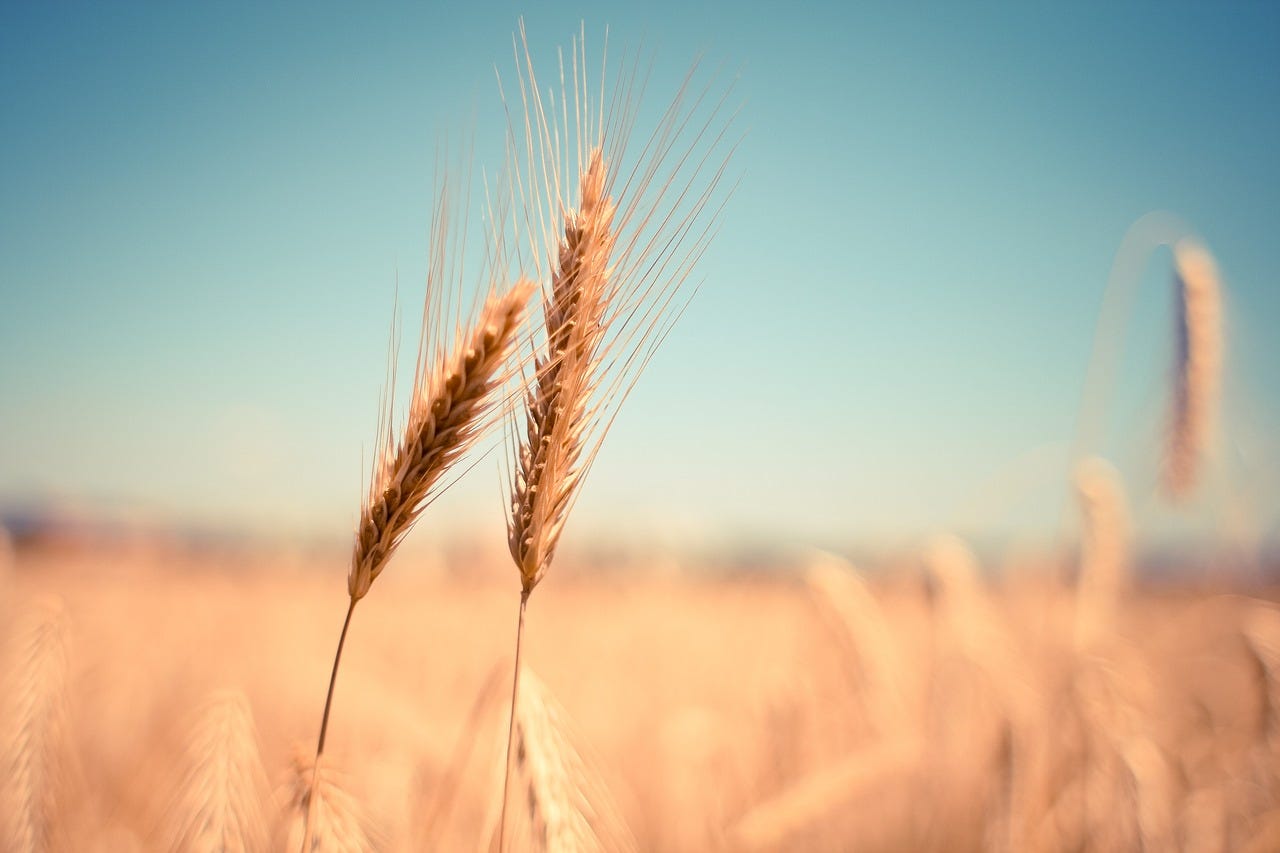Why pay more for nutrient-deficient food?
Many foods produced today contain fewer nutrients than they did decades ago. Why pay more for less?
Lately when I’ve been at the grocery store or ordering dinner out, I feel a growing resentment that I’m paying more for food that isn’t nourishing me or that’s grown in ways that I don’t support.
Food costs frustrate me, but the fuel to that frustration is knowing that my money isn’t buying the nutrients my family needs. No one is oblivious to the rising food costs. The USDA’s Economic Research Service (ERS) recently reported that in the past year, grocery store prices went up 2.4 percent and restaurant purchases went up 6 percent. These bumps are on the heels of extraordinary inflation. ERS forecasts that 2024 will prompt additional increases in food costs.
In my recent post about eating for resiliency, I shared that The Bionutrient Institute found that a person “may have to consume 8 blueberries or 3 carrots to equal 1 grown in an optimal growing condition that favors nutrient density.” More than a decade ago, SCIENTIFIC AMERICAN reported how the nutritional value of dozens of fruits and vegetables has consistently declined since studies started in the 1950s. The piece references both soil quality and bioengineering as cause agents. Genetic modification changed growth rates, but didn’t factor in proportionate nutrient development.
Lately when I’ve been at the grocery store or ordering dinner out, I feel a growing resentment that I’m paying more for food that isn’t nourishing me or that’s grown in ways that I don’t support. The brokenness of the American food system hinges on the notion that “this is just the way it is” and consumers are largely kept in the dark. The answer to the question of this post is that we have no other choice unless we educate ourselves and create our own options.
Small choices add up to big change. Here are three ways to help make your money stretch more for nutritious food.
You won’t see the glyphosate content of Cheerios on the nutrition label, and it’s one of the most glyphosate-saturated foods on the market.
Question foods you bring into your home. Start with packaged foods, fruits, veggies, or meats. Pick one and learn how it should be produced. What are the “good, better, best” options for each? Learning is more than what’s on the label. If your family turns to cereals for breakfast, you won’t see the glyphosate content of Cheerios on the nutrition label, and it’s one of the most glyphosate-saturated foods on the market. According to Glyphosate Facts, in addition to Cheerios, glyphosate is commonly found in “Goldfish Crackers, granola, orange juice, Impossible Burgers, hummus, and meat from animals fed GMO corn and soy.” Let’s not forget how many toxins you can find in conventionally-grown potatoes. None of this information appears on food labels.
Get as close to the source as possible. Grow it yourself. Find a friend who grows food and see if they’ll trade or barter for a portion of their harvest. If geography or time prevent growing some of your food, find farms that support soil health. This fall The Real Organic Project launched national online orders from 1,000 organic farms across the country that employ practices which help to improve soils.
Organic doesn’t mean that the chickens ever touched a blade of grass or felt the sun on their feathers.
Research restaurants and talk to them. When a restaurant sources from local farms, they’re proud of it. You’ll find those details on their website and social media. However, “local farms” can be a misleading term. Ask which specific farms. For instance, a restaurant near me proudly calls out a local organic poultry farm on their menu. I used to choose those meals. Then one day I was driving on some country roads and passed that organic farm’s poultry houses. The sour smells from the windowless houses prompted me to learn more about food labels. Organic doesn’t mean that the chickens ever touched a blade of grass or felt the sun on their feathers. Organic poultry operations don’t necessarily support soil health. There’s another local restaurant that routinely highlights the quality of their $50+ steaks. When I checked where the beef is sourced, not only is none of it local, but it’s from a large-scale processor halfway across the country that (as of 2014) processed 2,500 heads of cattle weekly and, as of today, is partially owned and used by Walmart. (What boggles my mind is that I don’t understand how local restaurants aren’t supporting our local agricultural community more. We have so many farmers in our area practicing in regenerative ways with exceptional animal husbandry that would thrive from consistently supplying restaurants.)
How are you managing food costs right now? I’m cooking at home more, sowing many seeds in the garden, dreaming of next year’s garden, and getting ready to order our next livestock. With the changing season I’m cooking more broth-based meals and grain bowls, rotating between different rice, quinoa, barley, and kamut. I stock up at the bulk bar at our local co-op and these meals last throughout the week and freeze well. I’ve slowly shifted our cooking oils to more self-produced options. I’ve rendered lard for years, but this year I’ve also started reserving and clarifying bacon grease. (All pork I buy is pasture-raised, so the fat has more favorable ratios of omegas, fats, and vitamins.) I’ve also stopped buying avocado oil after learning about the poor regulation and adulterated contents found in about ¾ of avocado oils on the market. These little adjustments add up to a bigger savings while at the same time removing nutrient-deficient foods.




